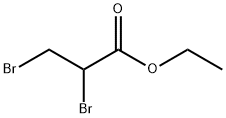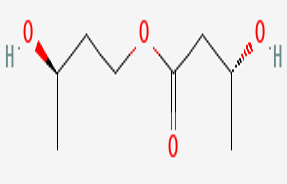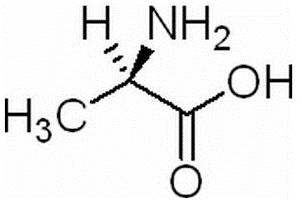Diethyl sebacate(CAS#110-40-7)
| Hazard Symbols | Xi – Irritant |
| Risk Codes | 38 – Irritating to the skin |
| Safety Description | S36 – Wear suitable protective clothing. S24/25 – Avoid contact with skin and eyes. |
| WGK Germany | 2 |
| RTECS | VS1180000 |
| HS Code | 29171390 |
| Toxicity | LD50 orally in Rabbit: 14470 mg/kg |
Introduction
Diethyl sebacate. The following is an introduction to its nature, use, manufacturing methods and safety information:
Quality:
- Diethyl sebacate is a colorless, scented liquid.
- The compound is insoluble in water but soluble in common organic solvents.
Use:
- Diethyl sebacate is commonly used as a solvent and is widely used in industrial fields such as coatings and inks.
- It is also used as a coating and encapsulation material to provide weather and chemical resistance.
- Diethyl sebacate can also be used as a raw material for antioxidants and flexible polyurethanes.
Method:
- Diethyl sebacate is usually prepared by the reaction of octanol with acetic anhydride.
- React octanol with an acid catalyst (e.g., sulfuric acid) to generate an activating intermediate of octanol.
- Then, acetic anhydride is added and esterified to produce diethyl sebacate.
Safety Information:
- Diethyl sebacate has low toxicity under normal conditions of use.
- However, it can enter the human body by inhalation, skin contact or ingestion, and its vapors should be avoided when used, skin contact should be avoided and ingestion should be avoided.
- Wear appropriate protective equipment, such as gloves and protective glasses, to ensure good ventilation.
- Contaminated skin or clothing should be thoroughly washed after the procedure.
- If ingested or inhaled in large amounts, seek medical attention immediately.








